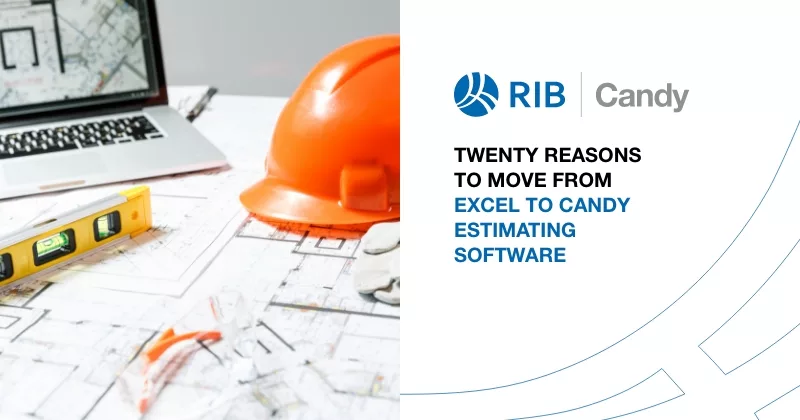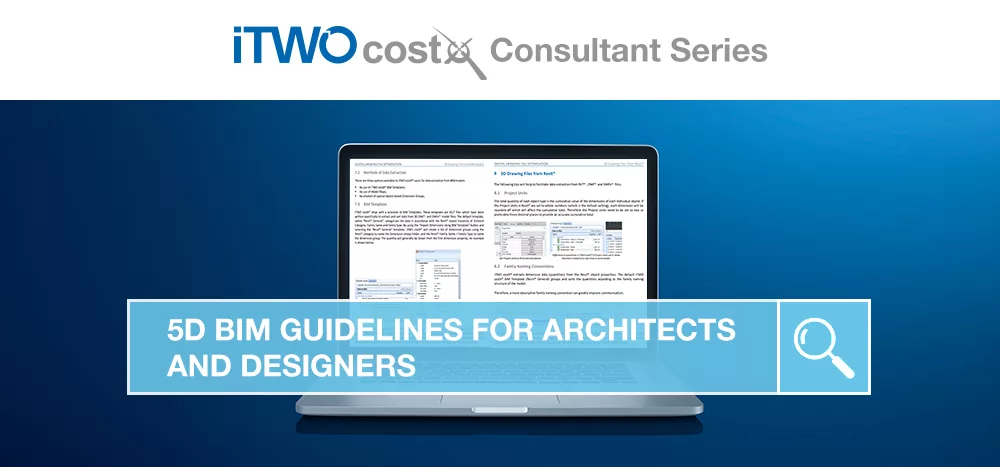24 mins read
How BIM Is Revolutionising QTO In The Construction Industry

Unlike other industries, the construction industry operates on Earned Value budgeting. As such, the base of any budget estimate in construction requires the quantities to be exact. In an industry where project values run into the millions, and margins can be as small as just 1-3%, a small error in calculating quantities can have a huge impact on the profitability of a construction company. Quantity Take-Off (QTO) is a laborious process with a high propensity for human error.
Compared to the manufacturing industry, the construction industry is working with far fewer certainties. Take the automotive sector, for instance. Vehicle manufacturers can predict exactly the number of cars they will manufacture, the amount of paint they will need and, as the manufacture process is uniformed and follows a strict operational process, estimates on labour are fairly straightforward.
However, in construction so much is unknown:
- Every project is totally unique, meaning every job is different.
- There is no second chance in construction, you can’t rip it down and rebuild.
- No construction project ever goes exactly to plan due to too many external factors such as labour and environment.
- Not to mention, the large amount of variable costs that construction companies have to work with in order to develop a budget.
Herein lies the importance of estimates and QTO.
Take variable environmental factors for instance; soil conditions; location; access to suppliers (and the ability to leverage economies of scale); storage for materials; access to labour, and weather, these all affect the construction plans and with that, the build and resource requirements. These are the kind of complexities that need to be accounted for in QTO. If not done correctly, small errors on margins or orders, can have a huge impact at the end of the project in two years’ time.
To appreciate just how far QTO has come, we need to backtrack for a moment.
Several years ago, we were lucky when we moved to electronic 2D take-off and 2D drawings. The ability to email a drawing to a construction team saved hours transporting a hand drawn design to site. Equally, 2D drawings allowed teams to record mark-ups and create an audit file online, thereby building the take-off list. This all contributes towards speeding up the process and implementation of modifications.
But the latest developments in QTO have revolutionised the industry further. We’re now using 3D drawings which have sped up the process even more and by virtue of integrating 3D elements such as plans and elevations, teams can quickly see (for instance) exactly how the ramps go up in a car park. Thanks to Building Information Modelling (BIM), we now have access to intelligent 3D model-based process that can provide rudimentary data immediately, enabling the design and project teams to make decisions far quicker than before.
BIM of the future goes much further than this though. We are expecting huge transformations to take place within the industry thanks to BIM. The ability to receive real-time data updates on QTO as and when small design tweaks are implemented is one example. Another is in relation to smart buildings; pushing parameters into early stage design will allow architectural teams to align cost, space, and material optimisations to be achieved simultaneously.
Although there is no doubt that BIM is transforming the industry, there are still some barriers to entry;
- It is not well suited to renovations or extensions as the original drawings may not even be 2D, let alone 3D.
- A BIM model needs to be fully developed to present complete information, so construction teams cannot move ahead with just the basement model.
- There is still a lack of clarity over who legally owns the BIM model which is the cause of some debate.
How BIM is revolutionising QTO
That said, one of the best results of BIM is that it is shifting the route to implementation and creating a better process. Unlike before, BIM now means that a project owner can work with the contractor who then employs the architecture team. This means the wants/needs of the project owner are pushed directly to the architecture team through the contractor, enabling speedier and more efficient build and development. The impact for this on large construction projects in particular will be significant.
All in all, BIM presents great solutions for our industry. QTO is essential in an industry that operates on such low margins and is vulnerable to so many external variables, as it gives us the confidence of continuity from the 3D model all the way through to the estimate. In this respect, cost control and management in real-time can mean the difference in profit, of millions.
Considering this, it’s hard to imagine why any construction company wouldn’t start to embrace BIM and contribute to an improved QTO.
Most Recent
24 mins read
14 mins read
15 mins read
25 mins read

E-BOOK











